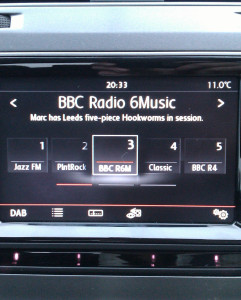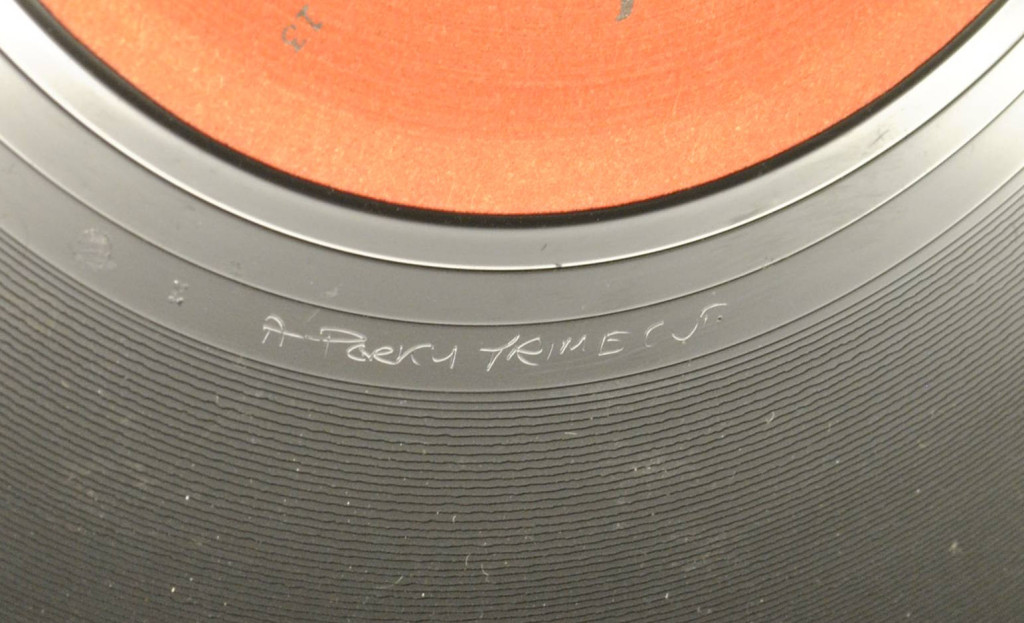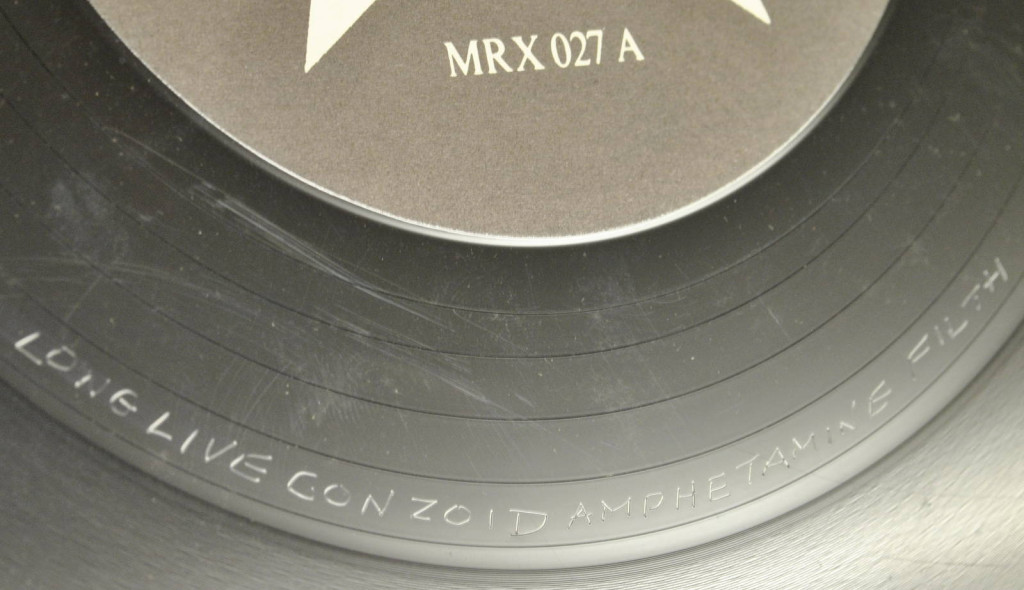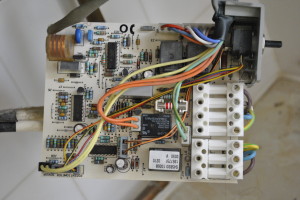
I felt totally like a rabbit caught in headlights last night when a school-friend asked me to share some of my music with her. Usually when someone asks me what kind of music I like I duck the question, it’s easier that way. I think Duke Ellington put it best “There are two kinds of music, good music and the other kind”, but that’s hardly a useful answer.
The real answer is that it’s all Neneh Cherry’s fault. You see in 1989 I was 14 and I thought I knew the music I liked, I’d started with Rock and Roll (as in Elvis and Chuck Berry) and gone through a bit of a heavy metal phase and by then I was confident that I’d found what I liked in the goth / industrial and general post-punk scene.
I certainly didn’t like “rap music”. Then I heard Buffalo Stance and I did like it, which was all a little confusing. Manchild though was the one I couldn’t deny – I loved that track. This was highly inconvenient, people who wore excessive amounts of black and sat around graveyards talking about middle class contemporary poetry didn’t like Neneh Cherry.
The basic problem was that in 1989 there was still a very strong sense of (youth) culture and counterculture in the UK. Choices had to be made, the music that you liked and the fashions you wore defined you as either mainstream or counterculture. The latter was the harder path, random physical attacks against people purely because they were goths, punks, grebos etc. were pretty common. If you were counterculture you had to learn to talk fast, to fight and to run. So we were naturally suspicious of anything that was too far away from the culture that we identified as ours.
Neneh Cherry was firmly beyond the pale, Neneh Cherry was the sort of music that blasted out from a car stereo whilst the occupants decamped to beat someone up for no better reason than daring to wear different clothes to them.
In being insular, even paranoid we gained a lot of protection in sheer numbers. We could have clubs with strict door policies for instance. On the downside it also led to a lot of ignorance and misunderstanding. We thought we were being intelligent and indulging in superior culture but we were missing entire swathes of what was actually great counterculture purely because it didn’t superficially appear to be like our counterculture.
Going even further, it’s not just counterculture we were missing out on. Whilst some (thankfully quite limited) elements of the fans of mainstream culture might be knuckle-dragging degenerate thugs that doesn’t imply that there is anything actually wrong with their culture.
I’d like to say that I had a eureka moment and suddenly realised all of this when I first heard Manchild on the radio. Sadly that didn’t actually happen, what Manchild did was to start me on a journey of listening to ever more diverse music. I’d find an act I liked then try to find similar acts – before there were massive databases of artists on the internet it was actually quite difficult and exciting to try to find new music that you liked. I got to know the staff at the better local record shops quite well and I used to buy different music magazines pretty much at random. Eventually I was forced to agree with Duke Ellington, that “There are two kinds of music, good music and the other kind” and that what label or genre some music journalist or promoter wants to hang on it is no guide as to which kind of music it is.
So what is my music? Even if I had the first idea where to start I’m faced with another problem – it’s shifting sand. It can change between morning and evening. I can listen to an artist solidly for months and then not be able to stand the sound of them for years for no apparent reason whatsoever.
I’ve come to love the chaos that is my taste in music – I am fundamentally a scientist so most of my day is spent dealing with logic and reason and most of my hobbies are pretty heavy on this too. Having something that defies all logic and reason, that is pure feeling and emotion is really important to me and I find that in music. I don’t need to write a peer reviewed paper to listen to Professor Green. I don’t have to calculate the load bearing capability of Alter Bridge. I don’t have to qualify or quantify the beauty of Gabriel Fauré’s composition. These things can just be, there is no logic, no justification and there is no need for any – right now at this moment I like these three things, they speak to me, they make me feel emotions that I want or maybe need to feel. Ask me again in 10 minutes and I’ll tell you a different story. It might involve Bob Marley, or Nuclear Assault, or the Unthanks. Perhaps it might even involve the great Duke Ellington himself.
The only thing I know right now is that it’s going to be great finding out.











